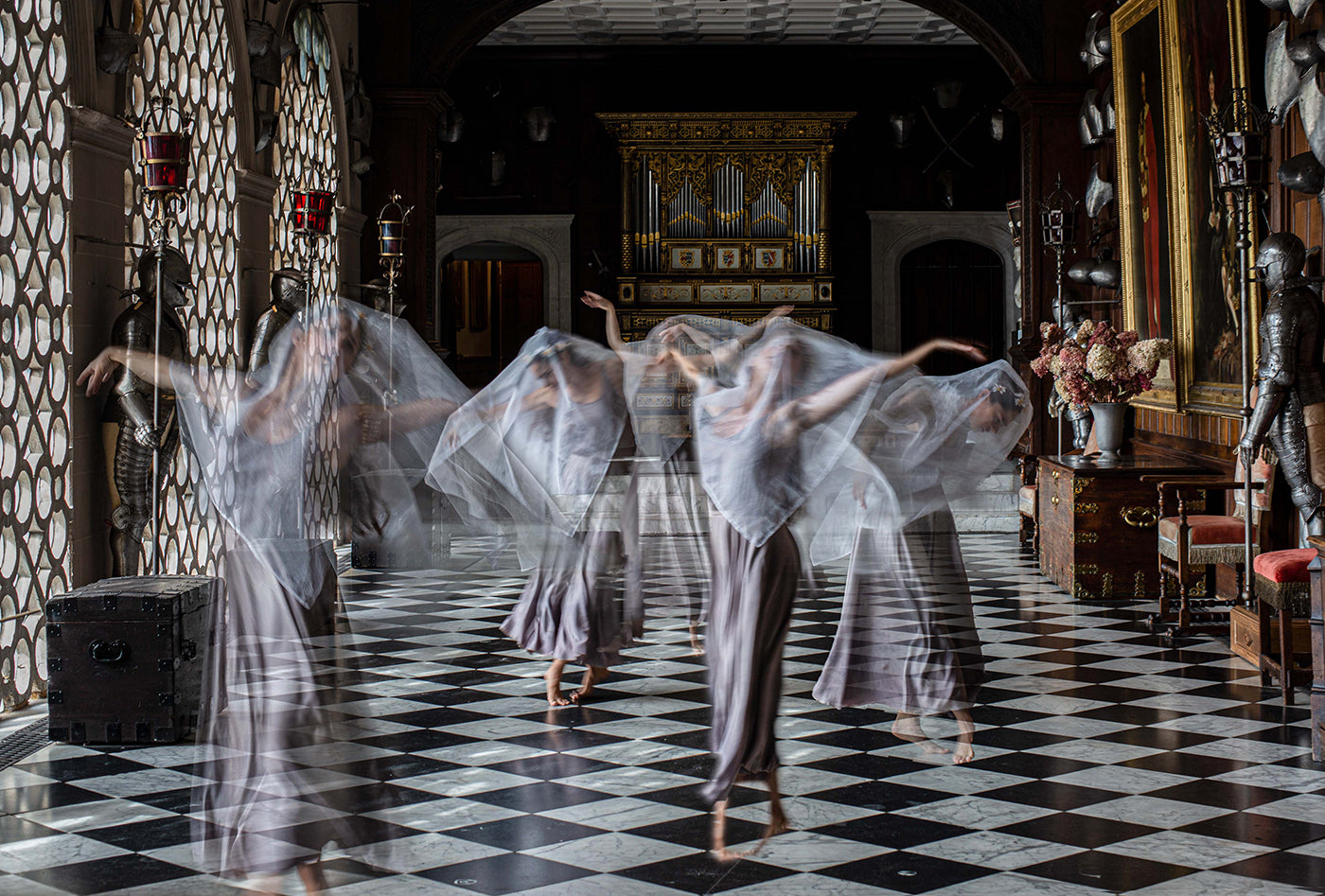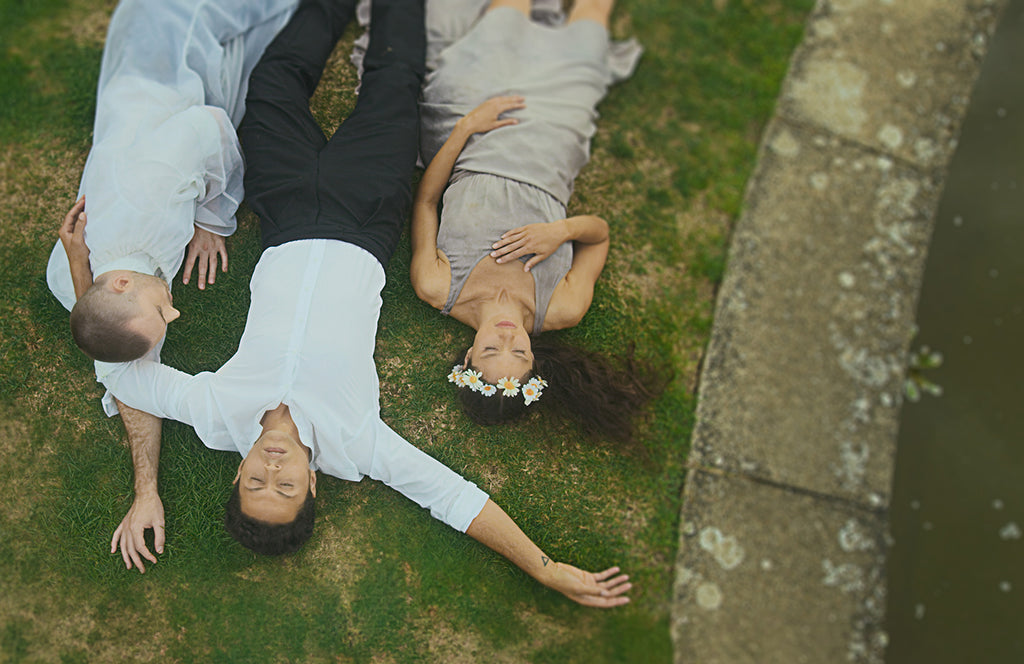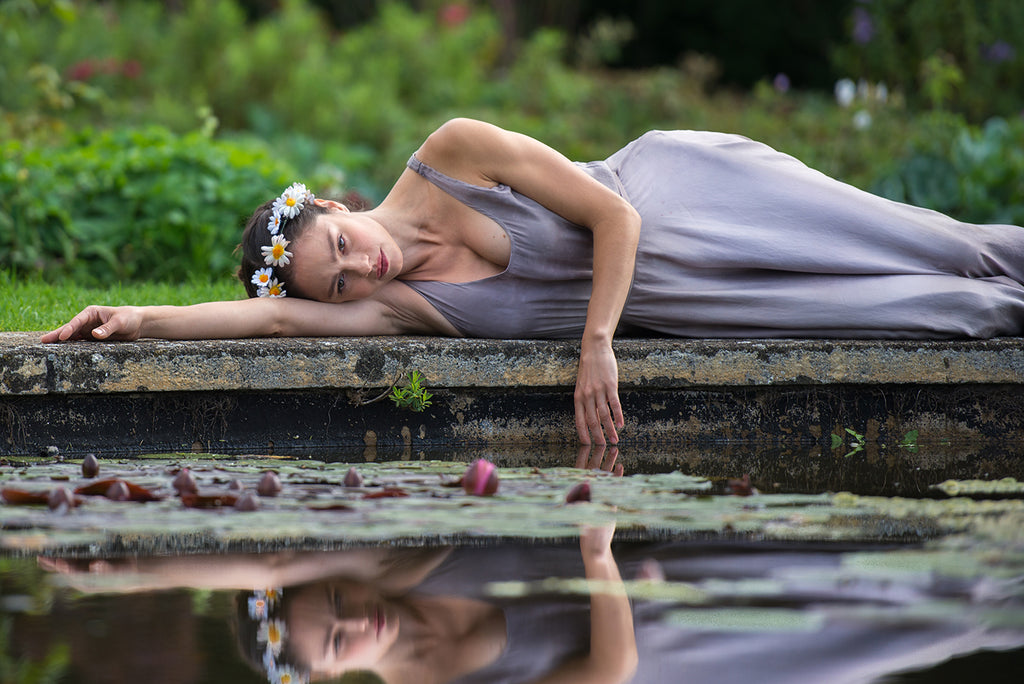Lycra and Lace
What is he looking at? The dancer in a blue biketard bounds around the stage, his curly hair flip-flopping as his head snaps right, left, and center.
Continua a leggere
World-class review of ballet and dance.
Dance asks much of its spectators: there is a need for the intellectual side to work in tandem with the visceral. Which is why Yorke Dance Project's glorious film Dance Revolutionaries is a triumph from top to bottom—it's a feast for the senses. Filmed in various locations during the pandemic, there is as much to sate the casual dance fan as an aficionado. Director David Stewart has created a multifaceted work.
Performance
Place
Words



What is he looking at? The dancer in a blue biketard bounds around the stage, his curly hair flip-flopping as his head snaps right, left, and center.
Continua a leggereTwo performers crawl in on hands and knees wearing neon green, hooded coveralls—the lightweight papery kind made for working in a sterile environment—and clusters of balloons pinned to their backs.
Continua a leggereWill Rawls makes boundaries visible by defying them. Known for the disciplinary and topical range of his projects, the choreographer, director, and performer approaches issues of representation in “[siccer],” a multi-part, multi-site work co-presented by L’Alliance New York’s Crossing the Line Festival. A live performance at Performance Space New York accompanies a multimedia installation at the Kitchen, a book published by Wendy’s Subway, and an album published by the artist. With a creative process reaching back to 2018, the work delves explicitly into pandemic-era energies and inertias with focused intimacy and a pervasive sense of instability.
Continua a leggereIt is always interesting when multiple theme steps emerge over the course of a mixed repertory evening, but it is uncanny on one featuring five different ballets, each with a different choreographer and composer, covering a twenty-year span (2005-2025).
Continua a leggere
You remark on the appropriateness of the locations in the Cohan pieces. It could not be otherwise, given Yolande Yorke-Edgell’s devotion to Sir Robert, his work and legacy. He revealed that when he choreographed any piece, he visualised in detail the setting it was placed in.